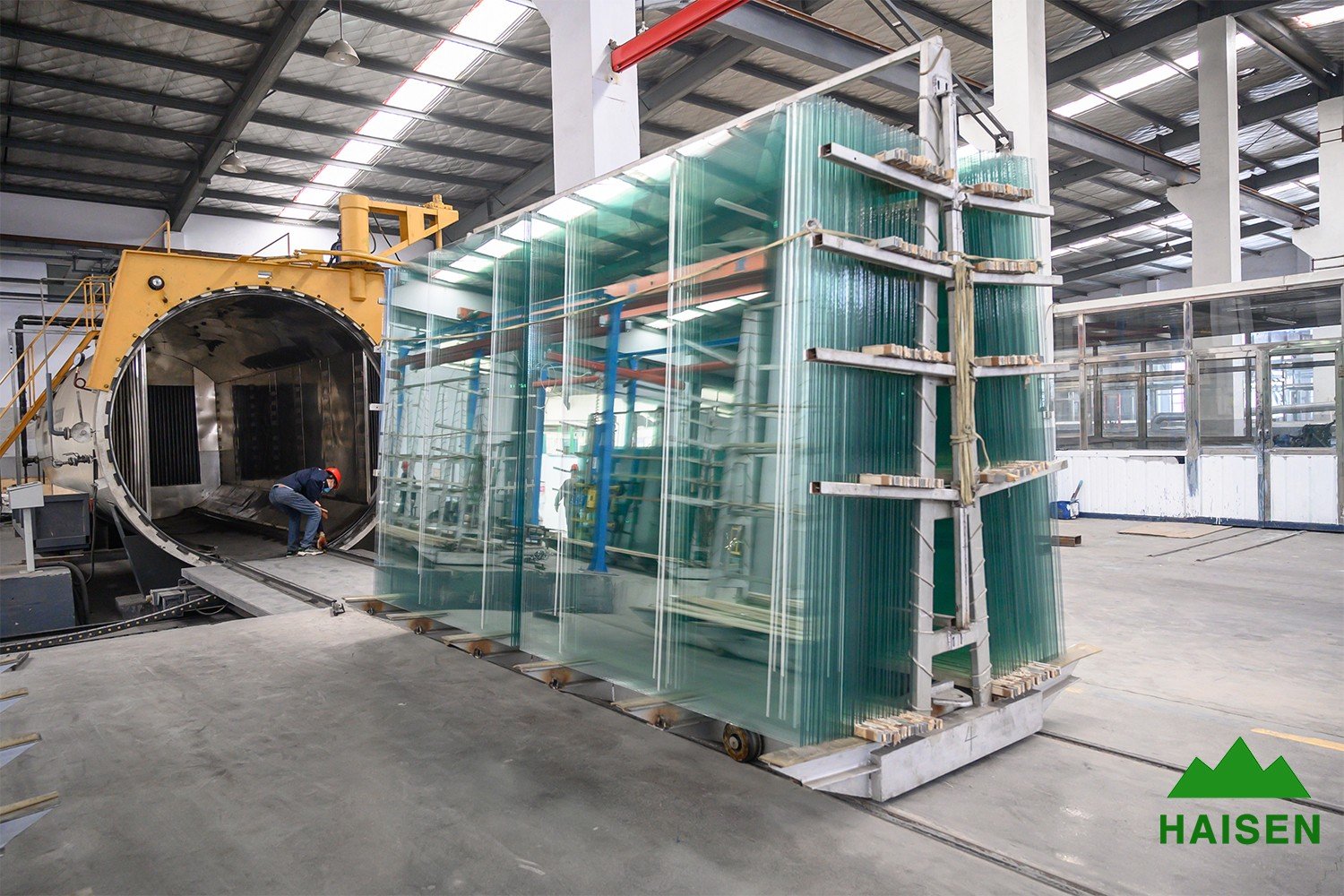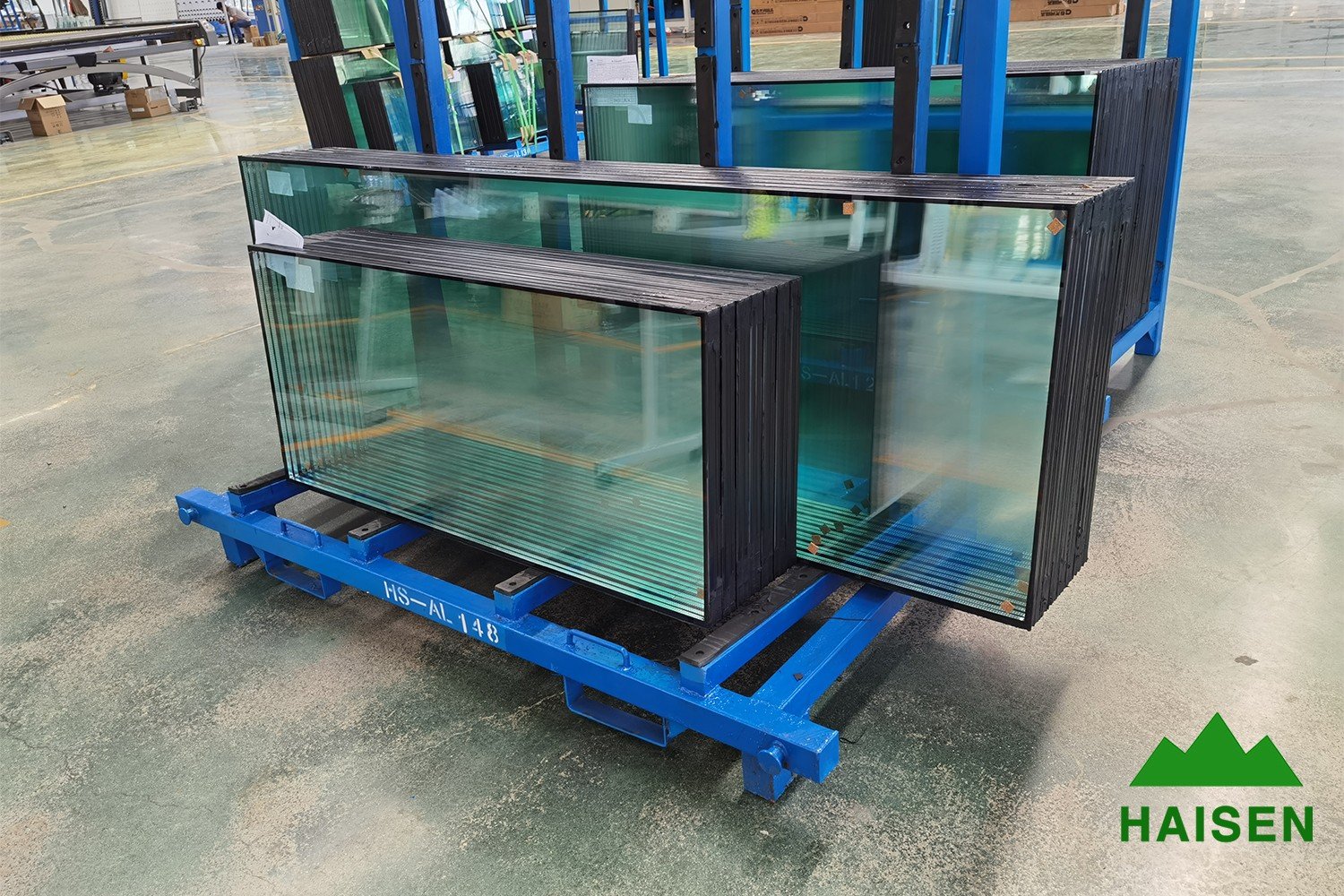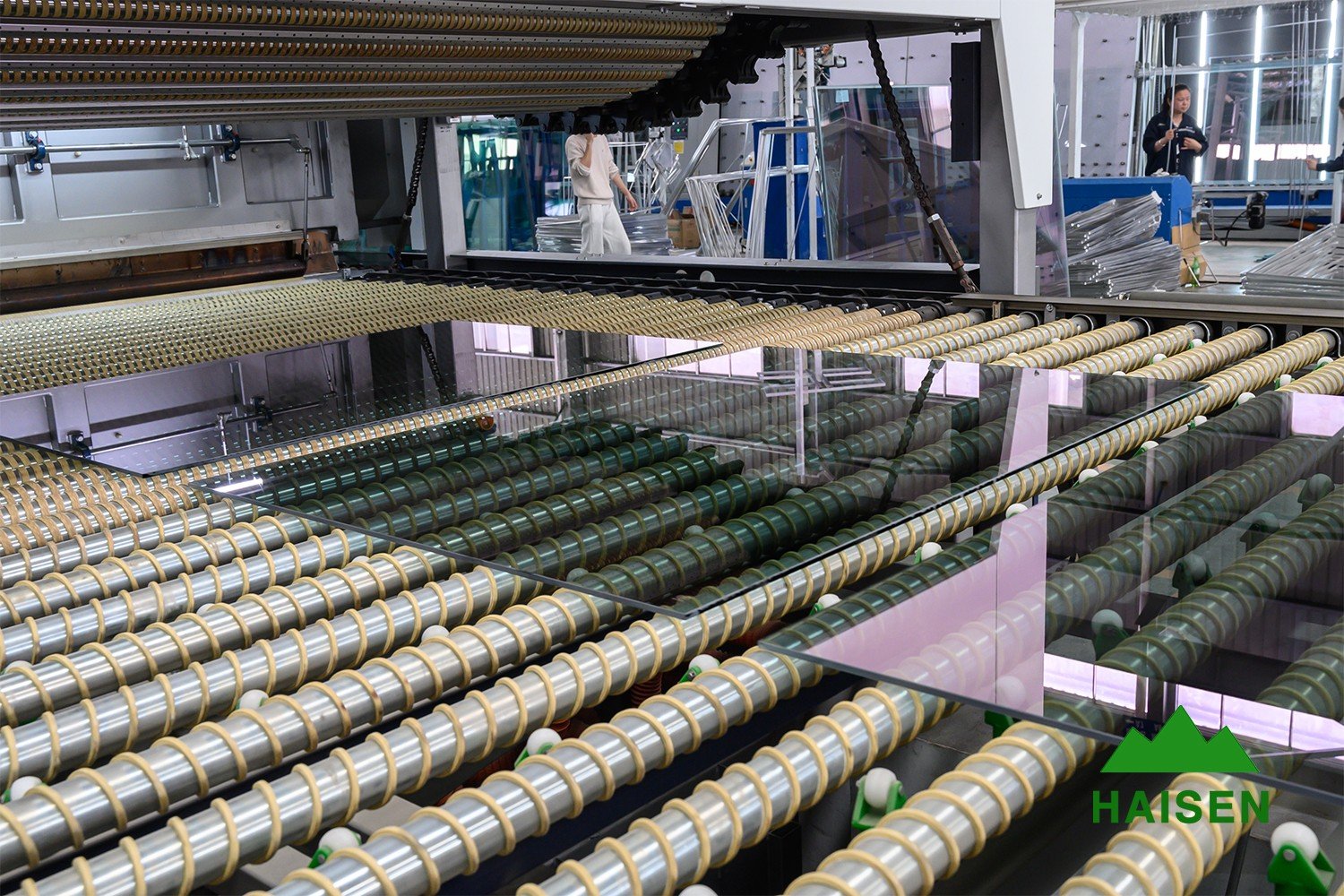1. What is visible light transmission rate?
The percentage of light intensity that passes through glass in the visible spectrum (380nm to 780nm).
2. What is visible light reflectance?
The percentage of light intensity reflected by glass in the visible spectrum (380nm to 780nm).
3. What is solar transmittance?
The percentage of ultraviolet, visible and near-infrared light energy transmitted through the glass in the solar spectrum (300 nm to 2500 nm).
4. What is solar reflectance?
The percentage of ultraviolet, visible and near-infrared light energy reflected by glass in the solar spectrum (300 nm to 2500 nm).
5. What is U-value?
The amount of heat transfer from air to air under ASHRAE standard conditions due to heat transfer from the glass and the temperature difference between the interior and exterior. Its imperial unit is: British thermal unit per hour per square foot per Fahrenheit temperature. The lower the U-value, the lower the amount of heat transfer through the glass.
6. What are the winter U-value conditions?
Outdoor air temperature is 0℉ (-18℃), indoor air temperature is 70℉ (21℃), outdoor air flow rate is 15mph (24km/h), natural convection of indoor air, and sunlight intensity is 0BTU/h-ft2 (OW㎡ ) (at night).
7. What are the conditions for summer U-value?
Outdoor air temperature is 90℉ (-18℃), indoor air temperature is 70℉ (21℃), outdoor air flow rate is 7.5mph (12km/h), natural convection of indoor air, and sunlight intensity is 248BTU/h-ft2 (OW/㎡ ) (during the day).
8. What is shading coefficient?
Under the same conditions, the ratio of the heat of solar radiation energy through the glass window to the heat through the 3mm transparent glass. The smaller the shading coefficient, the better the performance of blocking direct sunlight radiation.
9. What is the relative heat gain?
The total instantaneous heat gain of solar energy through a window. This includes solar radiation heat gain (shading coefficient) and conduction heat gain (U-value). The lower the relative heat gain, the better the performance, according to ASHRAE standards, in the summer daytime, the sun radiation intensity of 200BTU/h-ft2 (630W/㎡ ), no shade outdoor indoor temperature difference of 14℉, then the relative heat gain = summer U value × indoor and outdoor temperature difference + shading coefficient × sun radiation intensity, that is, the relative heat gain = 14 × summer U value + 200 × shading coefficient [BTU / h- ft2] or, relative heat gain = 8 × summer U value + 630 × shading coefficient [W/㎡ ].
10. What is thermal stress rupture?
The production of thermal stress rupture comes from the uneven temperature in different parts of the glass. The coated glass is exposed to direct sunlight, which mainly absorbs infrared light and part of visible light from the sun, which is converted into energy within the glass body, causing the glass body to form thermal expansion; while the part of the glass inside the aluminum frame structure cannot be subjected to the same solar radiation, thus leading to uneven heating of the glass as a whole and the formation of internal thermal stress, the thermal expansion in the middle zone of the glass causes the glass edge zone to produce tensile stress, and this tensile stress exceeds the edge zone tensile strength, it will lead to glass rupture. The phenomenon of glass breakage due to thermal stress is that the glass edge of the crack is neat and at right angles to the edge, the number of cracks is small, and the cracks in the glass zone is arc-shaped rather than straight.

11. What are a few aspects that affect thermal stress?
Building orientation, cold weather conditions, glass size and shape, HVAC facility location, window frame system, interior and exterior shading, and absorption by the glass body.
12. What is heat-reflective glass?
Heat-reflective glass is commonly known as coated glass, which is formed by coating the glass surface with metal film and metal oxide or nitride film, which is the shading coefficient Sc of glass reduced from 0.98 (6mm clear glass) to 0.2~0.6.
13. What are the characteristics of heat reflective glass?
Reduced UV transmission, multiple reflective tones, ideal visible light transmission and reflection, high infrared heat ray reflectivity, low solar gain, and ideal shading coefficient.
14. What are the applications of single transparent glass?
It is mainly used in concealed observation windows, coating on transparent or tinted glass by vacuum magnetron sputtering equipment. The film surface must be oriented towards the brightly lit room being observed, and the proper illumination ratio must be created to achieve the desired effect.
15. What is wind load capacity?
It is the ability to withstand uniform wind pressure. It is related to the size and thickness of the glass and other factors.
16. What is the control range of the crushing rate?
Theoretically, it is controlled within 3% (deductible breakage rate). Now, due to market changes, it is no longer achievable.
17. How many types of substrates (original glass) are there?
Transparent glass, tinted glass, tinted glass in often used are: F green, H green, Chinese green, lake blue, American blue green, Belgian blue green.
18. What is the range of the spectral bands of solar radiation, visible light, ultraviolet light and infrared light?
Solar radiation: 230-4000 nm wavelength
Visible light: 380-780 nm wavelength
Ultraviolet light: 10-400 nm wavelength
Infrared light: 750-2500 nm wavelength
19. What is the ratio of solar radiation, visible light, ultraviolet light and infrared light to the total energy solar radiation energy?
Solar radiation: 98%, visible light: 42.5%, ultraviolet light: 13.8%, infrared light: 3.1%. The percentage of light intensity through the glass in the visible spectrum (380 nm to 780 nm).
20. What kinds of composite products are there in glass?
There are mainly tempered, semi-tempered, laminated, insulating, coated, and different combinations of them. For example, tempered coated insulating glass, coated laminated insulating glass, etc.

21. What is the shading coefficient Sc and which part of heat transfer does it reflect?
Shading coefficient Sc: under the same conditions, the ratio of solar radiation energy through the glass to solar radiation energy through 3mm glass. The solar radiation energy through 3mm transparent glass is 630w/㎡ . Shading coefficient Sc = direct solar radiation energy ÷ 630 w/m2 direct solar radiation energy = 630 w/m2 × Sc. The shading coefficient reflects the heat transfer of direct solar radiation through the glass.
22. Is it better to have a high or low shading coefficient Sc?
Glasses with different shading coefficients are suitable for different climatic regions. A high shading coefficient allows more solar radiation to enter the room through the glass window, thus reducing the heating cost in winter. This type of glass is suitable for use in northern regions with long winters. Low shading coefficient, good blocking effect on direct solar radiation, which can reduce the direct solar radiation energy entering the room. This kind of glass is suitable for use in the southern region with long summer.
23. What is U-value? Which part of heat transfer does it reflect?
U value reflects: the heat energy transmitted through the glass due to convection conduction, which includes the transmission of heat energy absorbed by the glass and then radiated to the outside. Therefore, the emissivity E of the glass is low, and the U-value is correspondingly low. Convection transfer heat energy = U value × (T outdoor - T indoor) T outdoor, T indoor are indoor, outdoor temperature.
24. How many parts does the total heat energy transferred through the glass consist of? How to express it?
There are two components: direct solar radiation heat transfer and convective heat transfer. It is expressed by the formula: O total = 630 × Sc + U × (T outdoor - T indoor)
25. What are the components of solar radiation?
There are three components: ultraviolet radiation, wavelength range 0.01 to 0.4 microns.
Visible light, wavelength range 0.4 to 0.76 microns.
Near-infrared radiation, wavelength range 0.76 ~ 3 microns
26. Does far-infrared thermal radiation come directly from the sun?
Far-infrared heat radiation is indirectly from the sun, this part of energy is heat energy, which is absorbed by objects after being irradiated by the sun and then radiated out, and its wavelength range is distributed in 3-40 microns. In summer, far-infrared heat radiation from outdoor roads and buildings under sunlight is one of the main heat sources from outdoor.
27. Is there far-infrared heat radiation indoors?
Yes, far-infrared heat radiation indoors comes from heaters, household appliances, furniture irradiated by sunlight, fireplaces and human bodies, and is the main heat source from indoors in winter.
28. How does far-infrared heat radiation pass through glass?
Far-infrared heat radiation cannot directly transmit through ordinary glass, but can only be absorbed or reflected by the glass. The temperature of the glass will increase after absorbing the energy, and the energy will be lost through convection and conduction with the air and heat radiation to both sides, so the energy will finally pass through the glass, but in the way of absorption and then radiation.
29. How to distinguish far-infrared heat radiation and near-infrared radiation?
Near-infrared radiation comes directly from the sun, and its heat sensation is not obvious, but it can be converted into heat after being absorbed by objects. Far-infrared heat radiation, as the result of solar energy conversion or artificial production, is heat itself. When observing a road under the sun in summer, you can see waves of heat radiation rising from the ground (i.e. solar energy is being converted into heat radiation). In winter, when you are near a heater, you can feel the heat radiation directly.
